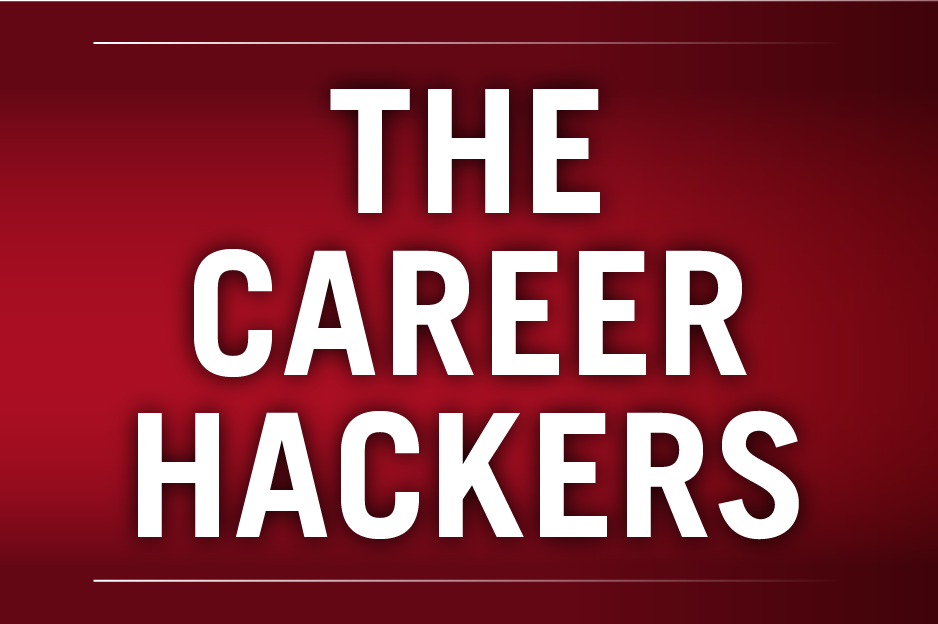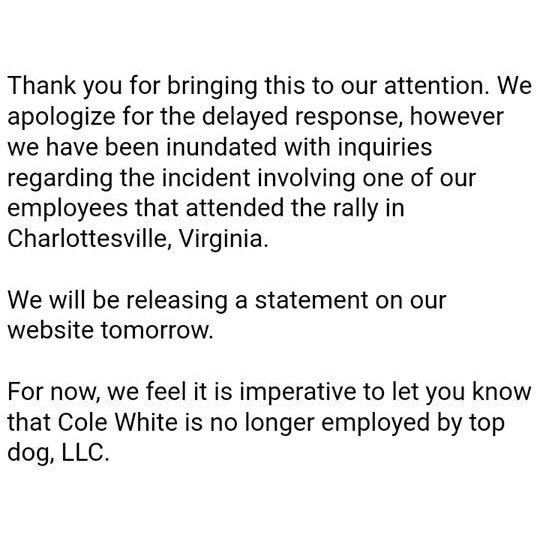
When I accepted my first office internship at Human Capital Media, I asked many of my friends the same question: “What’s your office like?” I heard much of the same answer: an open office space.
As the trend toward open office spaces hits the workplace and studies emerge about their effectiveness and innovation, questions are rising about this Silicon Valley-inspired model that is supposedly the future of office spaces.
How does it boost productivity and deal with office distractions? Does it further disconnect employees with the eternal presence of technology? The discussion becomes more interesting when you consider in conjunction with another rising workplace trend: remote working.
Many employees work from home and have flexible work arrangements, so their comfort level has seeped into the office design. Airbnb’s office is said to be like entering someone’s house; creative homey nooks with hanging lights, colored walls and antique portraits and memorabilia for private concentration, standing-only desk cubicles or large sleek lounges with wall plants and dog-friendly spaces had the company received rave reviews for its space.
Mixed with a modern office setting of ample wooden tables for conferences, meetings and productive vibes, it’s no wonder the space won Glassdoor’s 2016 Best Place to Work. Modern spaces like these are heading toward a future where the work-life balance will be less office space and more working from home. These spaces are acting as a “second home” while losing the title of a typical “office.”
While it depends on the job, most corporate industries and technology-aiding jobs can be done from home or any space that lets you have a flexible schedule and not have much of a commute, like these open environments. In a recent Forbes article by Sydney Parker about humanizing the future of the workplace, she wrote that balance is coming to fruition for convenience, according to experts on office spaces and design.
“Panelists [at the Bisnow Seattle Workplace of the Future event] envisioned office spaces intermingling with residential and retail cores, allowing workers to walk, bike and work remotely from home. In the future workplace, an individually determined work-life balance will not be a lofty aspiration, but a shared reality,” she wrote.
Millennials are one group pushing for flexible work hours and remote work access, according to HR experts and millennials themselves. In my first blog post for Workforce, I wrote about millennials’ influence on shaping the workforce and their growing presence in tech fields.
As a millennial, those benefits in a job are extremely attractive and allow me to have better control of time management and work around other commitments. Being constantly plugged into social media and computers for work, office spaces no longer need to be so segmented and traditional, which younger generations know well.
These office spaces are similar to working from home and allow flexibility in work schedules and boost engagement and creativity, studies show. According to Nicholas Bloom, professor of economics at Stanford University, a 2014 study he conducted of a call center’s remote workers showed their increased productivity when they were able to work from home over a span of nine months, as compared to workers in the office. According to the Harvard Business Review interview with Bloom, who is a co-director of the productivity, innovation and entrepreneurship program at the National Bureau of Economic Research, this was because of their quieter environment and their flexible schedule to start earlier, take fewer breaks and work around family commitments.
He brought up the point that not everyone has the discipline and motivation to work remotely; some need manager support and thrive on a work-specific space with obvious company culture. As with anything, balance is key to success, and it applies here in workspaces and work remotely.
Working only from home would not be conducive socially and work-wise, but having a mix of office days and work-from-home days could be a healthy alternative to keeping morale alive, having manager support when needed and keeping employees connected to the organization. Bloom mentioned this model would also save money for companies.
To move with the times, companies need to be open to remote work flexibility, balance modern workspaces that act as a “second home” and less confinement, while also listening to the needs of their employees. If someone is used to a closed office or works better in those spaces, they should have that option.
A New York Times op-ed called out Google for wrongly creating an office open space that is destroying work culture, but what is actually wrong is not accommodating an employee’s need. More recently, Apple’s employees have threatened to quit over the company’s new floor plan, featuring open office layouts. Having the balance between social and quiet rooms and closed offices, like we have seen with Airbnb, is the future of office design and can push employees to work from their office “home” with co-workers.
Ariel Parrella-Aureli is a Workforce intern. Comment below or email editors@workforce.com.
















